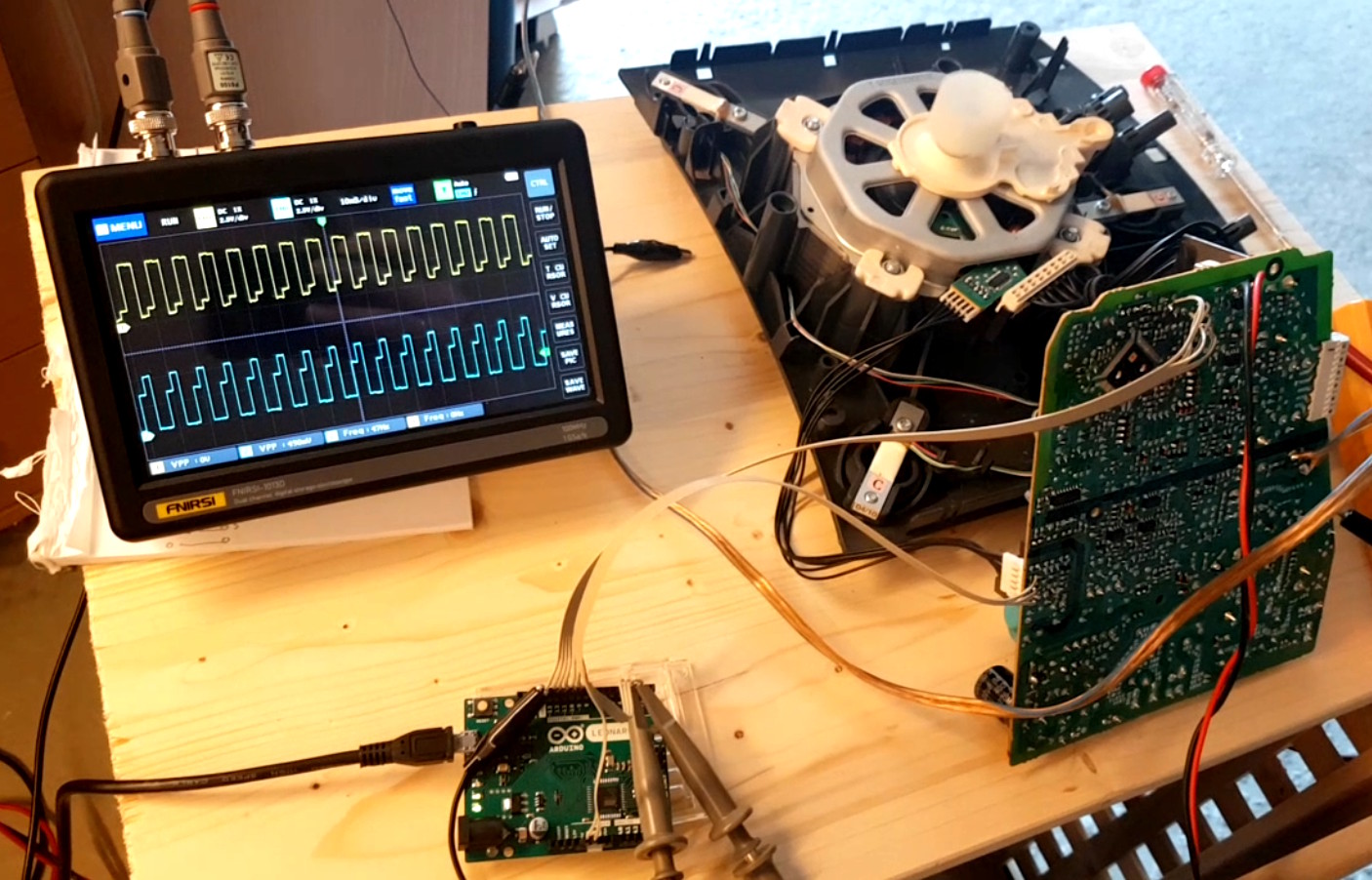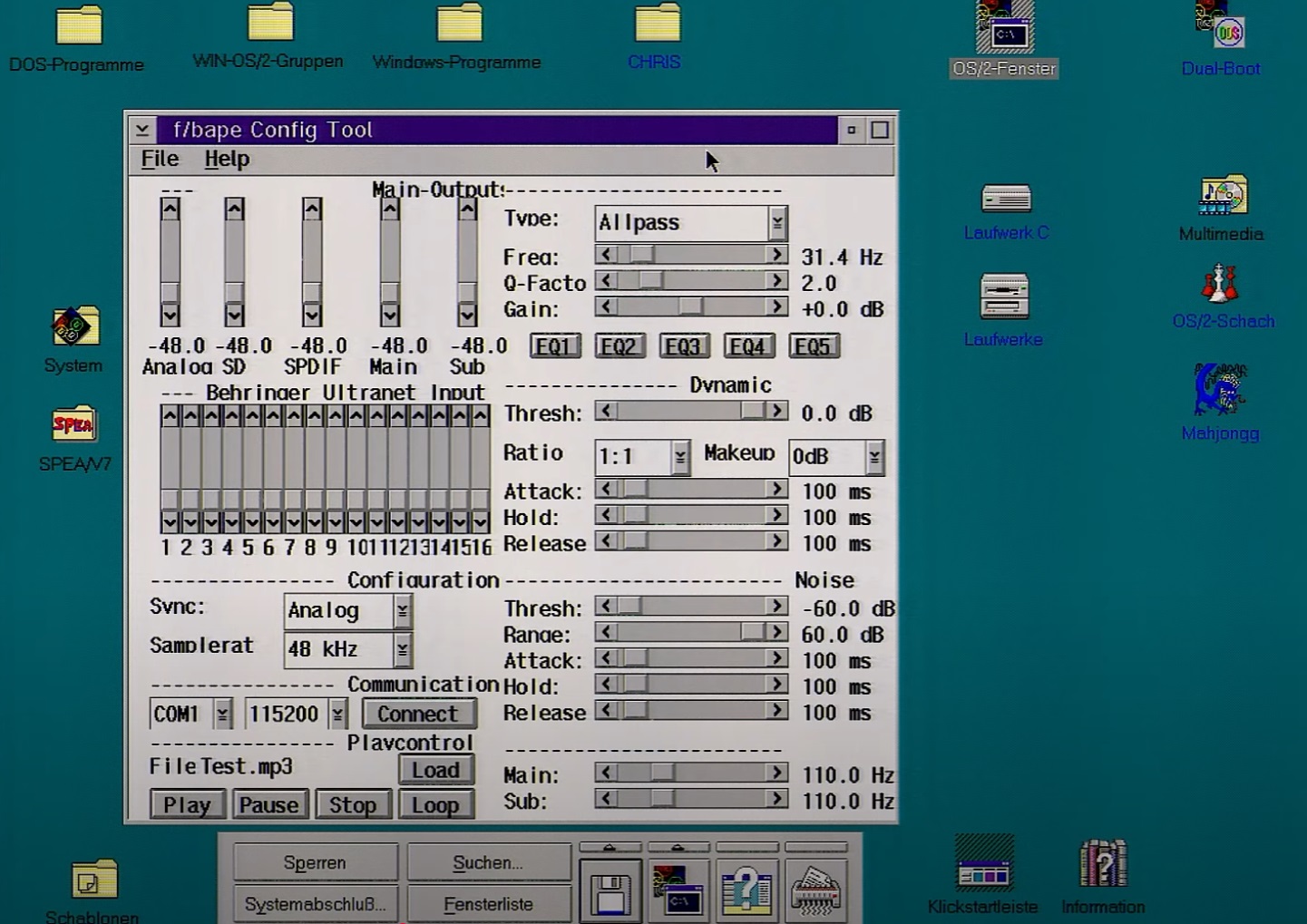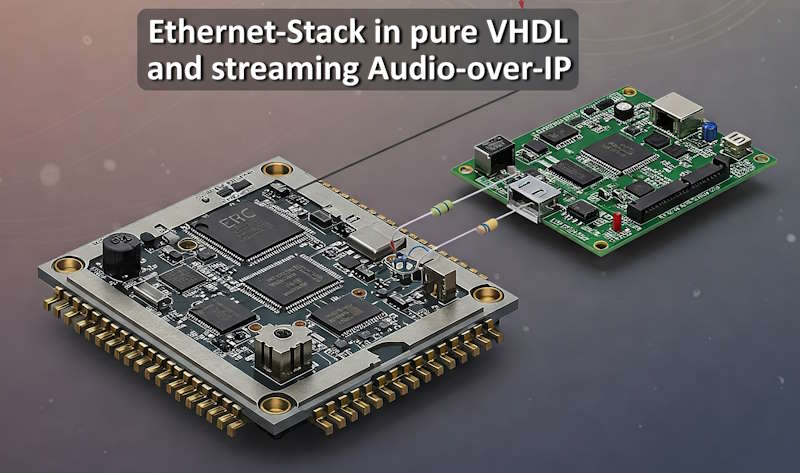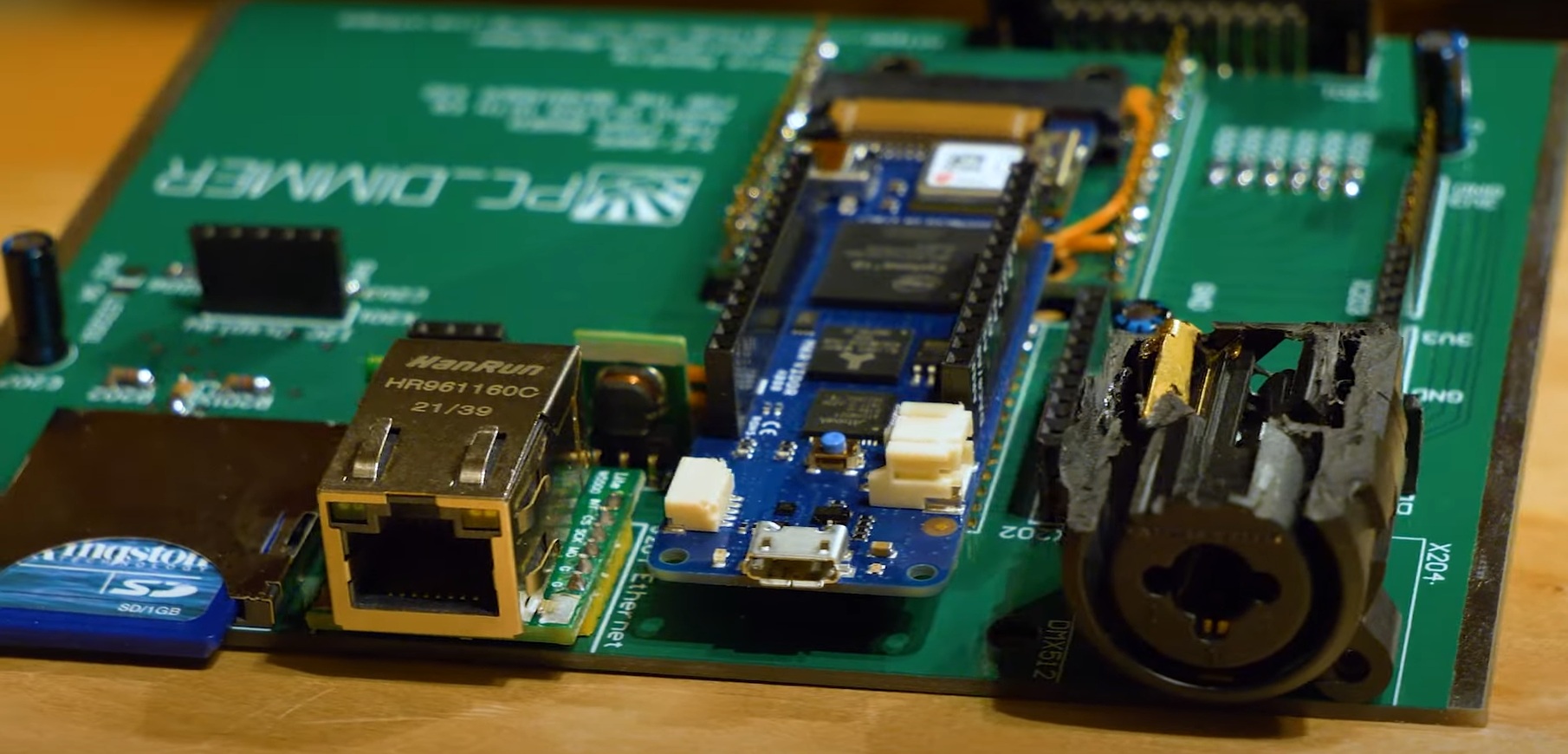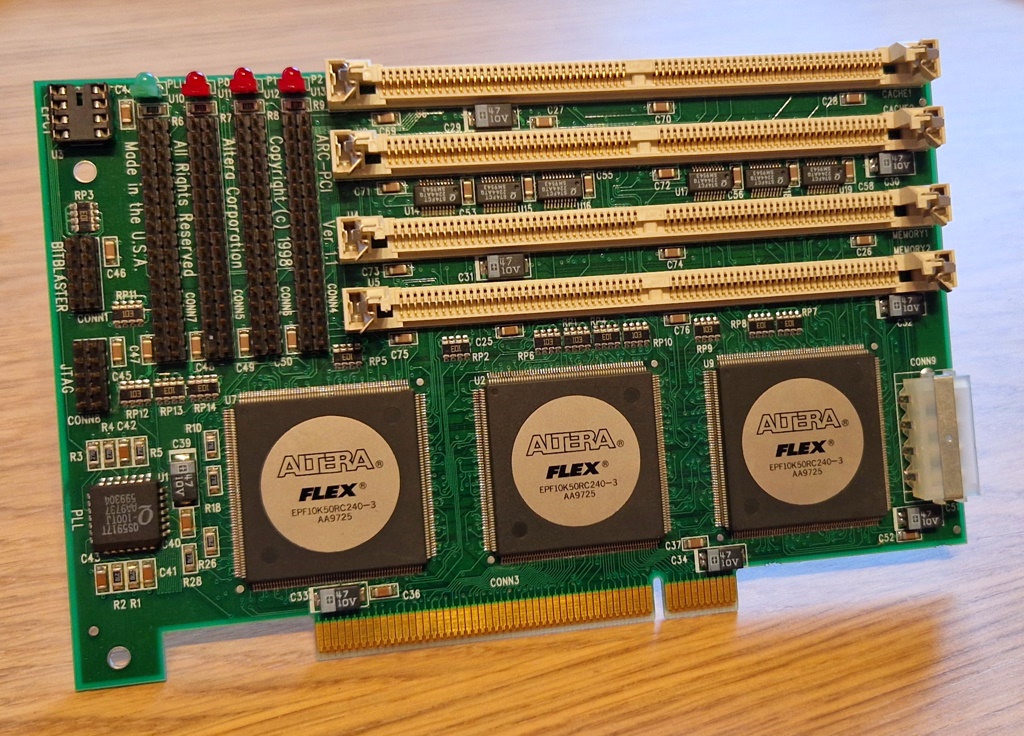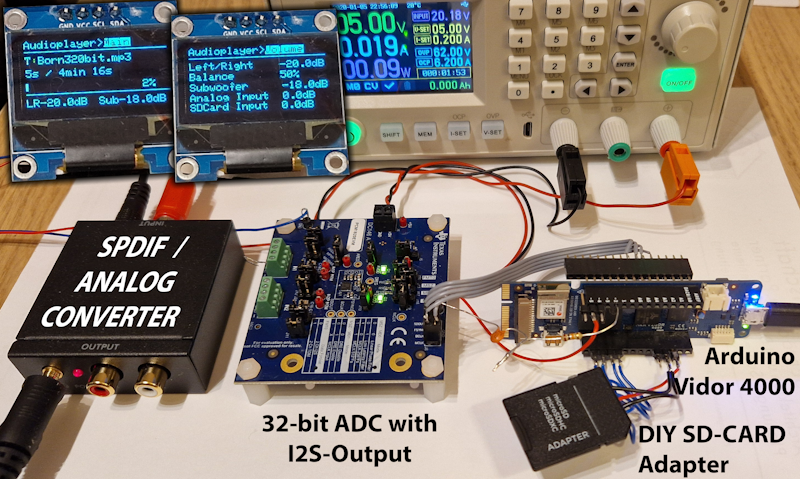Recycling of old ThermoMix-Reluctance-Motor
Disposing of defective appliances is common practice and repairing them is often uneconomical. However, there are often still very useful components in such devices. I took a closer look at a Thermomix and found a nice motor control unit. Thermomix The Thermomix is a food processor from the German Vorwerk Group based in Wuppertal close…

